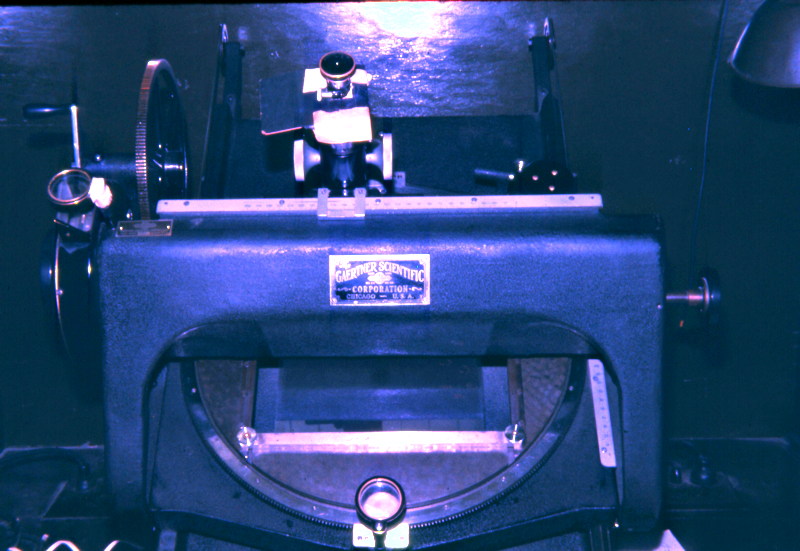Setting Sun, Moon, Mercury,
Asteroid 10 Hygiea
Posted: 3 May 2022
|
Open: Monday, 2 May 2022, 1828 MST Temperature: 77°F |
Session: 1759 Conditions: Clear, hazy, breezy |
Equipment:
12" f/8 LX600 w/StarLock
2" 24mm UWA eyepiece
Focal reducer
Camera:
D850 DSLR
iPhone 13 Pro Max
1834-1852 MST: Relaxed on the observatory patio bench.
Then moved to higher ground with a clear view of the western horizon. I had planned to photograph Comet C/2021 O3 (PanSTARRS), but it apparently disintegrated during its close pass to the Sun.
I set up the D850 DSLR with a 150-600mm lens on a tripod. Took the following photos of the setting Sun, focal length 600mm. Some small sunspots are visible.



1910 MST: Sunset.
A cropped photo of the thin crescent Moon, focal 600mm.

1919 MST: Viewed Mercury, 12x50 binoculars.
1936 MST: Mercury was now visible with the naked eye.
This photo, focal length 260mm, shows the crescent Moon with Earthshine, the planet Mercury, and a stand-in for the comet (jet airliner with contrail illuminated by the just set Sun).

Mouseover or tap on image for label
Earthshine and some stars, focal length 600mm.

1945 MST: iPhone 13 Pro Max photograph of the western sky with the Moon, Earthshine, and Mercury (lower right from the Moon), and some haze.

1949 MST: Back at the observatory. Prepared the D850 DSLR for imaging of Asteroid 10 Hygiea, Mag. +9.4.
2000-2024 MST: Relaxed on the bench. Calm now.
2025 MST: LX600 ON, StarLock OFF.
Viewed M60 (galaxy), NGC4647 (galazy), and Supernova 2022hrs, 102X.
2028 MST: High Precision OFF.
SYNCed on the star Spica, mounted the D850 DSLR at prime focus + focal reducer, focused on Spica, and locked the telescope mirror.
2036 MST: Wi-Fi ON.
Used SkySafari 7 Pro to GOTO Asteroid 10 Hygiea. It was still too low in the southeastern sky to image.
2039-2053 MST: Relaxed on the bench while waiting for the asteroid to rise higher.
2055 MST: Wi-Fi OFF, StarLock ON.
Began imaging Asteroid 10 Hygiea, 5 minutes, ISO 1600, White Balance 4550K. Seeing was not good and autoguiding was erratic. The image at 2105 MST was trailed, the image at 2205 MST was better. 2133 MST: Strong breezes returned.


2214 MST: StarLock OFF.
As I have mentioned many times, I fell in love with asteroids as an undergraduate astrophysics student at Indiana University. In 1966, as a freshman, I worked on the IU Asteroid Program. I was on the Program for four years and even worked there full-time during the summer after graduation in 1970. I was one of several students who would measure star and asteroid positions on 8x10 inch photographic glass plates using the Gaertner Measuring Engine.

The plates were taken using one of the telescopes at Goethe Link Observatory, which was operated by IU at the time. I visited the Observatory only once as a student and that was a very short visit.
I am glad I have been able to add another asteroid image to my Asteroids & Dwarf Planets album.
2220 MST: Viewed Omega Centauri (globular cluster), 102X.
2222 MST: LX600 OFF.
2231 MST: Took a Sky Quality reading.
|
Close: Monday, 2 May 2022, 2234 MST Temperature: 65°F |
Session Length: 4h 06m Conditions: Clear, breezy, SQM 21.04 |
Comments are welcome using Email. Twitter users can use the button below to tweet this report to their followers. Thanks.
Cassiopeia Observatory Home Page
Copyright ©2022 Michael L. Weasner / mweasner@me.com
URL = http://www.weasner.com/co/Reports/2022/05/03/index.html
